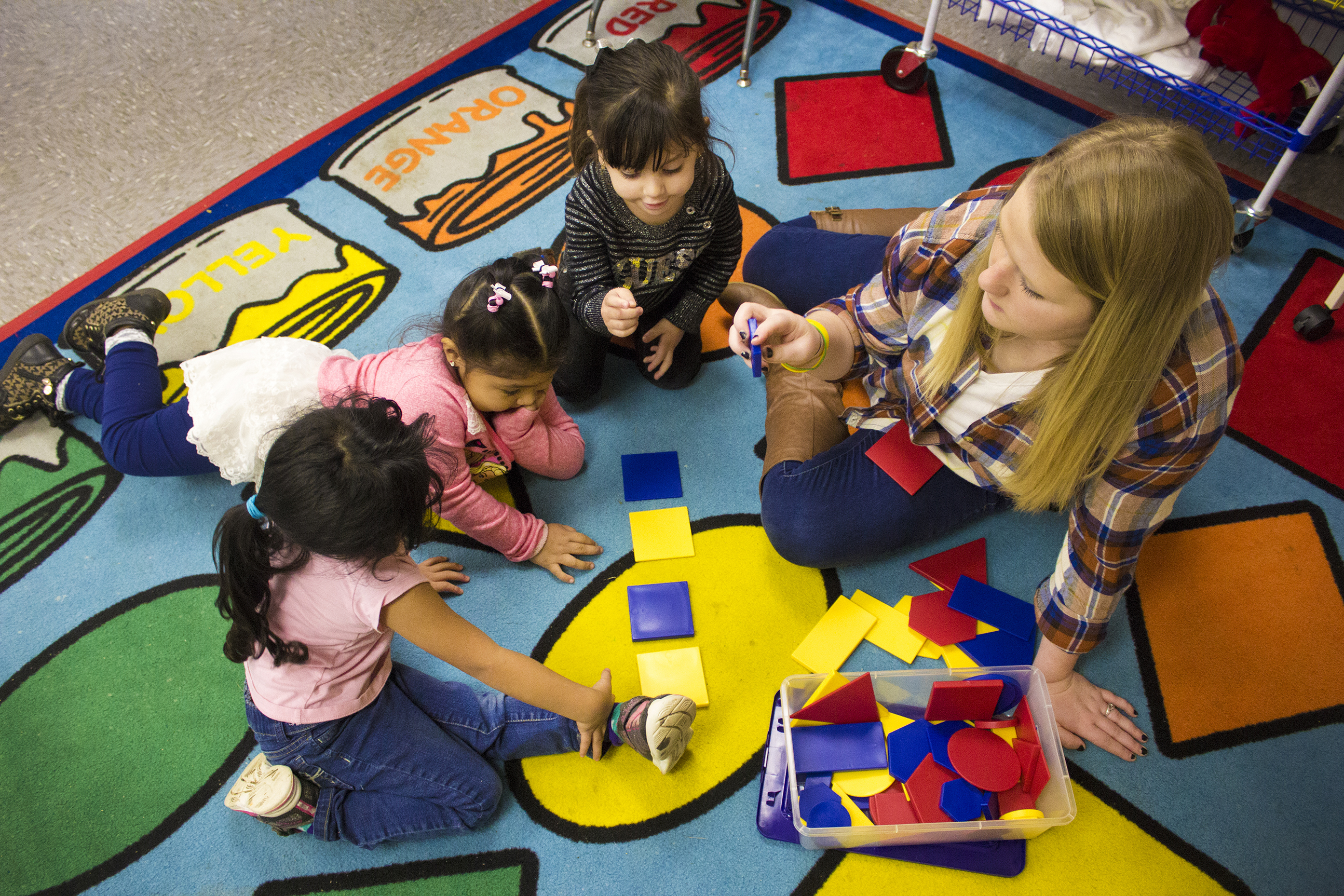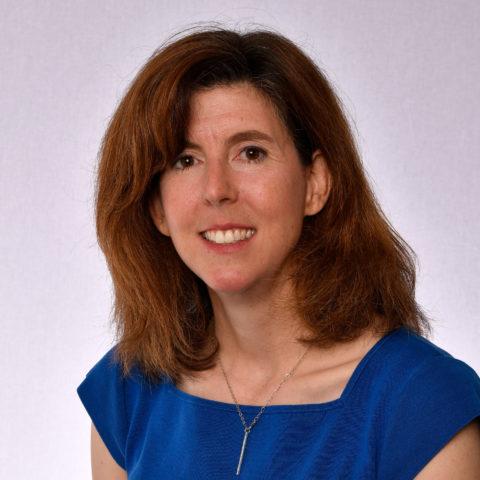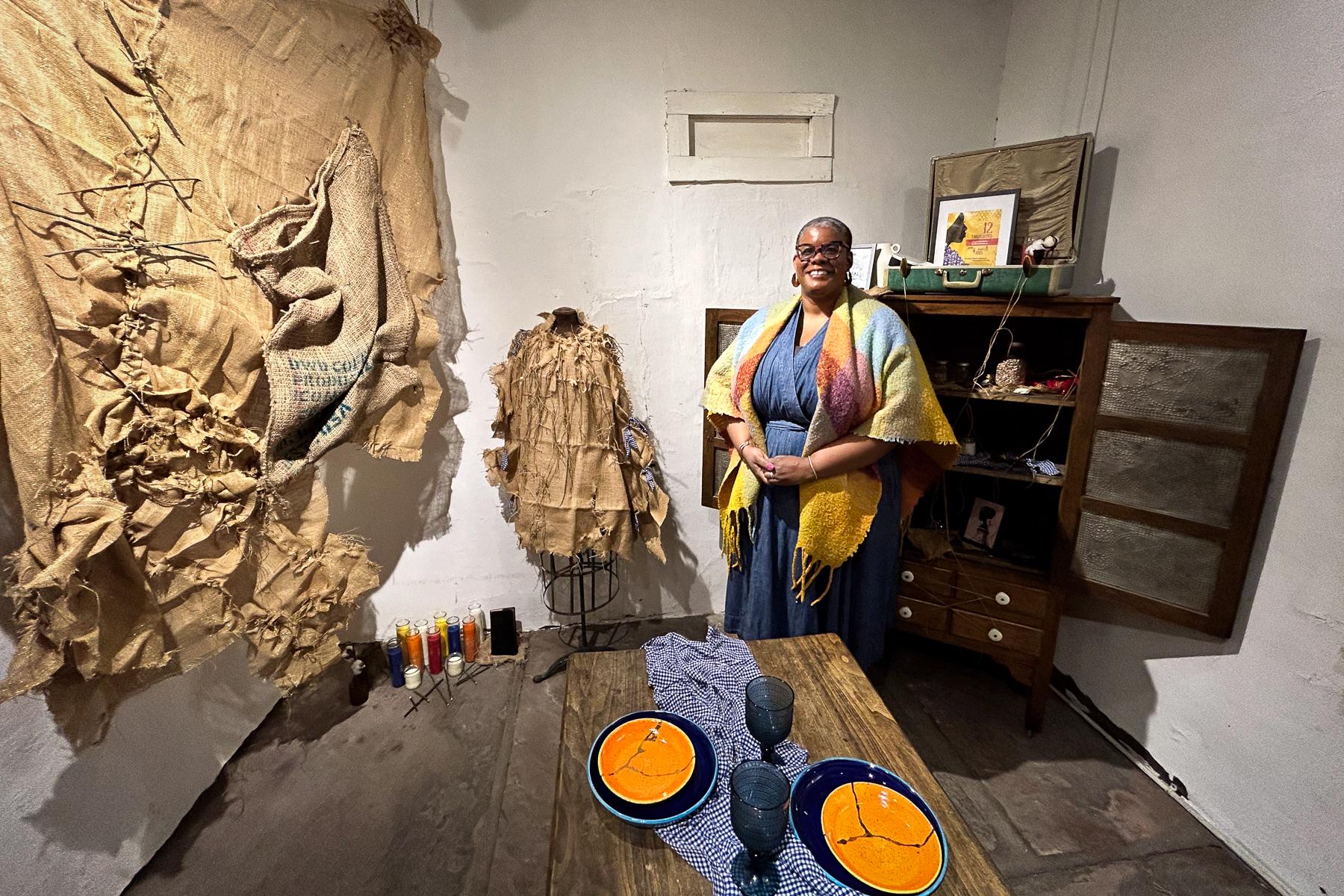
This story was originally published by Chalkbeat. Sign up for their newsletters at ckbe.at/newsletters.
Nikki Spasova expected her 4-year-old son to get free full-day classes through the state’s new universal preschool program since he’s still learning English.
But just two weeks before Kristian was set to start preschool, Spasova learned that wasn’t the case. Instead, the state program will cover just 15 hours of preschool, the same hours offered to Colorado children who don’t face barriers to success in school.
Colorado’s universal preschool plan called for children like Kristian to get up to 30 hours a week at no cost to their families, provided there was enough money. It turns out there isn’t.
In the final weeks before school starts, that shortfall triggered a provision in state law that tightened eligibility requirements so that only children who are low-income and have a second risk factor will receive full-day classes.
Instead of half of 4-year-olds being offered free full-time preschool, just 13% will.
Some of the affected children are learning English, like Kristian. Many more are from low-income families —and money for additional child care subsidies is limited, too. Meanwhile, the state is sticking to its plan to offer 15 tuition-free hours to all 4-year-olds, even those from well-to-do families — more hours than required by state law.
“To cut back on the ones who really need it does not feel fair,” said Jean Doolittle, the owner of Southglenn Montessori Preschool in Centennial where Kristian is enrolled. “Instead of taking a little bit from everybody, they took a lot from those who need it most.”
The decision illustrates the trade-off Colorado leaders made in designing the new preschool program, which launches this month. Many early childhood advocates cheered Colorado’s move from a preschool program that targets certain kids to one that’s open to all 4-year-olds, but as the program rolls out, some providers are concerned the universal model shortchanges children facing the toughest odds.
Four-year-old Kristian, whose native language is Bulgarian, is among nearly 11,000 Colorado children who won’t be offered tuition-free full-day preschool this fall. The news has left families and providers scrambling with only days or weeks before school starts.
At least one district — Aurora Public Schools — has decided to cover the cost of full-day preschool for families the state rejected for the extra help.
But many families will either have to come up with the extra tuition money, switch their child to a half-day program, or bow out altogether.
For Kristian’s parents, the last-minute switch means they’ll have to pay $428 a month more than they’d planned.
“We can barely make it,” said Spasova.
When state officials asked voters in 2020 to approve a nicotine tax to help pay for universal preschool, they promised 10 tuition-free hours a week to any Colorado 4-year-old whose family wanted it. Last fall, they decided to offer 15. At the same time, state officials planned to provide 30 hours a week to children with the highest needs — those from low-income families, with limited English skills, with a special education plan, are homeless, or are in foster care.
The state’s online application told parents that extra hours for students with any one of the five risk factors “will be added” after their application is reviewed,
But when demand for the new program exploded, there wasn’t enough money for everything.
Dawn Odean, Colorado’s universal preschool director, said Colorado’s 2022 preschool law dictated which groups would get prioritized for preschool funding and didn’t guarantee that students with risk factors would get extra hours.
State officials expected about half of Colorado 4-year-olds — around 30,000 —to participate this year, but is on track to exceed that.
Conor Cahill, a spokesperson for Gov. Jared Polis, said in an email Wednesday that sign-ups have hit 36,000.
That’s a number legislative staff worried about as far back as February, estimating it would cost $30 million more than the $322 million budgeted for universal preschool to serve all those additional children, according to a budget memo. To avoid too many signups in the first year, they recommended no extra funding for marketing universal preschool. The governor’s office used its own funds to pay for marketing and now touts that the state has surpassed its goals for enrollment in the first year.
Additionally, Cahill said the governor wants to offer 18 hours of preschool a week to all 4-year-olds by the end of his second term in 2026.
Odean, when asked how she would respond to families whose children have risk factors and who feel misled, said “that’s a hard one” and that the department is always looking at how they can give families more clarity.
“Are we getting to our most vulnerable?” she said. “I don’t think we know that at this point, but there is definitely all eyes on that consideration.”
In the Aurora district, officials expected about 1,200 universal preschool students to qualify for full-day funding because they have a risk factor, but only around 300 met the new criteria. Cynthia Cobb, Aurora’s early childhood education director, said the district will cover the cost of full-day classes for families the state rejected for extra hours.
“I’m grateful that the district has made the commitment that at this point we’re not changing any of their programming.”
Like other providers, she said the state application wasn’t clear. Since it indicated that families would get extra preschool hours if they had one risk factor, some families simply checked a single box even if they had multiple risk factors.
“So they may have said we speak another language at home and I’m done, I’ve got my risk factor,” said Cobb.
When the pandemic hit, Kristian had just turned one. He ended up spending lots of time with his parents on empty playgrounds or family hikes, but little time with people who might have exposed him to conversational English, Spasova said.
When he started at Doolittle’s home-based child care program a couple years ago, he knew two English words: “OK” and “hi.” Although he was shy, he started making big strides with English after about six months.
But his English still needs work and Spasova said she doesn’t feel confident enough to do it on her own.
“His head is jumbled. He will speak half a sentence in English and half a sentence in Bulgarian,” Spasova said. “It’s imperative for him to go to preschool so he can go to kindergarten next year and he will actually know some English.”
Kristian’s first day of universal preschool at Doolittle’s home was Monday. He’s among five children there who are participating in the state-funded program this year and one of two with a state-recognized risk factor.
Doolittle said the other family whose child has a risk factor opted for half-day preschool, but not Kristian’s family.
“That language obstacle is still humongous,” she said. “Him being here more hours is a huge benefit to him.”
Most of the 4-year-olds who have a single risk factor — and won’t qualify for 30 free hours of preschool a week — come from families considered low-income.
Michelle Dalbotten, who heads Step by Step, a Northglenn child care center, said some of her families fall into that category and recently found out their kids will only get 15 tuition-free hours a week.
“That’s where they may feel duped,” she said.
Under the universal preschool program, families qualify as low-income if they make less than 270% of the federal poverty level — about $81,000 for a family of four. That threshold means there’s nothing distinguishing very low-income families from families on the cusp of middle income.
Odean, from the Department of Early Childhood, said officials first need to see which preschoolers show up this fall, and then can use that data to make tweaks for next year.
She said the state officials could consider lowering the income threshold or establishing multiple tiers within the low-income category.
Melissa Mares, director of early childhood initiatives for the Colorado Children’s Campaign, said she’s hopeful that low-income families who aren’t offered full-day preschool through the universal program, may be able to use state child care subsidies or other funding sources to get the extra hours they need.
The subsidy application is separate from the universal preschool application this year, but the state plans to combine them in the future, she noted.
“What we’re hearing from families is they want it to be easy,” she said.
But Heather O’Hayre, Larimer County’s director of human services, worries that the subsidy program can’t compensate for the shortfall in the universal preschool budget — especially once federal COVID stimulus money runs out in 2024.
Already, there’s only enough money to provide child care subsidies to about 10% of eligible children, she said.
Ann Schimke is a senior reporter at Chalkbeat, covering early childhood issues and early literacy. Contact Ann at [email protected].
Chalkbeat is a nonprofit news site covering educational change in public schools.








